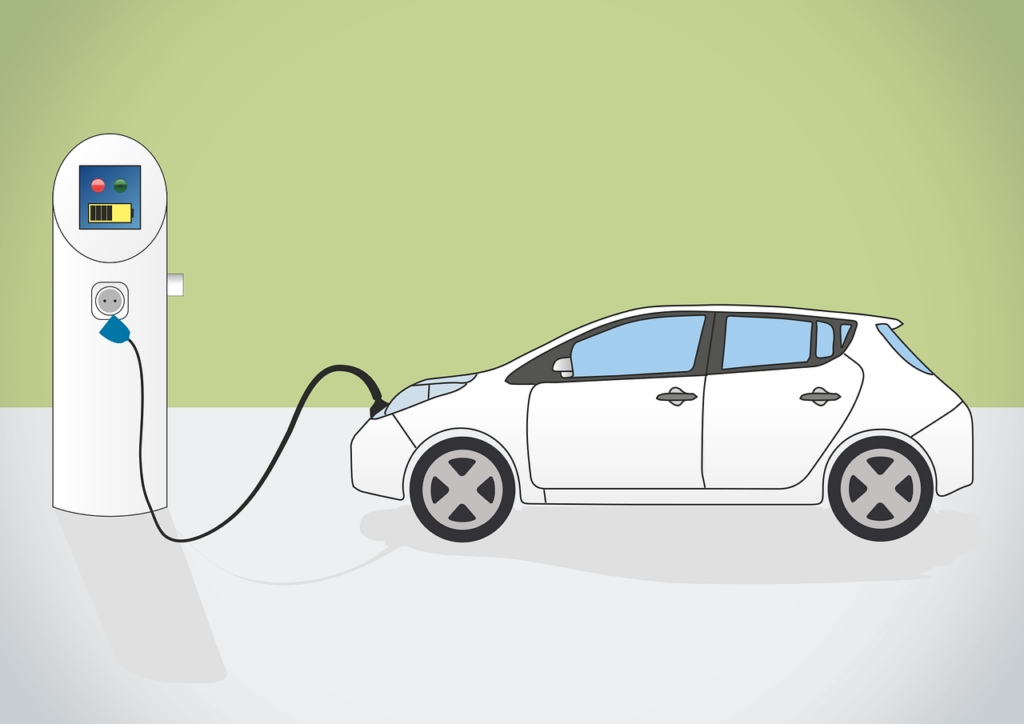The escalating demand for lithium-ion batteries (LIBs), driven by the proliferation of electric vehicles and large-scale energy storage solutions, has simultaneously ushered in concerns over end-of-life battery waste.
By 2030, the annual shipment of LIBs is projected to surpass 6000 GWh due to an aggressive embrace of electrification. However, this surging demand concomitantly heightens the risk of environmental pollution and resource depletion, particularly through the mishandling of spent cathode materials which may leach hazardous metals like nickel and cobalt.
Traditional recycling methodologies, such as pyrometallurgy and hydrometallurgy, have shown effectiveness in metal recovery but are marred by high energy consumption and pollutant outputs. Critically, these methods compromise the valuable layered structures of cathodes, necessitating costly and extensive resynthesis processes. In contrast, direct regeneration techniques have emerged as economically viable and environmentally sustainable solutions, championing a cathode-to-cathode recycling approach.
The paradigm of direct regeneration involves several techniques aimed at reviving the electrochemical activity and structural integrity of degraded cathodes without dismantling their morphology. These include electrochemical relithiation, leveraging electrons and lithium-containing electrolytes to reinstate cathode efficacy; deep eutectic solvent (DES)-assisted treatments that facilitate structural repairs through molecular interactions; and hydrothermal methods which utilize elevated temperatures to restore spent materials.
Despite these advancements, the scalability of direct regeneration strategies remains in question, hindered by real-world challenges such as material heterogeneity and unstandardized evaluation metrics. Moreover, the predominant focus on cathode rejuvenation without parallel anode recycling restricts the attainment of material circularity.
To address these limitations, in-depth analyses of degradation mechanisms and process optimization are essential, as are the development of standardized metrics for lithium recovery. There is also burgeoning interest in hybrid regenerative methods—such as combining DES with electrochemical procedures—to improve efficiency and adaptability.
Stay updated on the latest in energy! Follow us on LinkedIn, Facebook, and X for real-time news and insights. Don’t miss out on exclusive interviews and webinars—subscribe to our YouTube channel today! Join our community and be part of the conversation shaping the future of energy.





